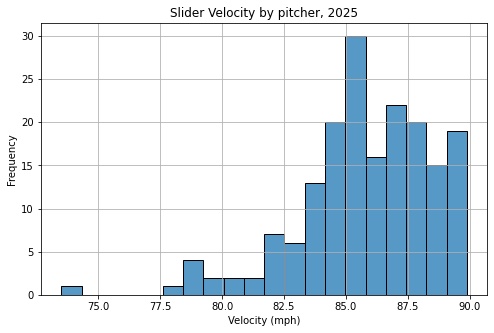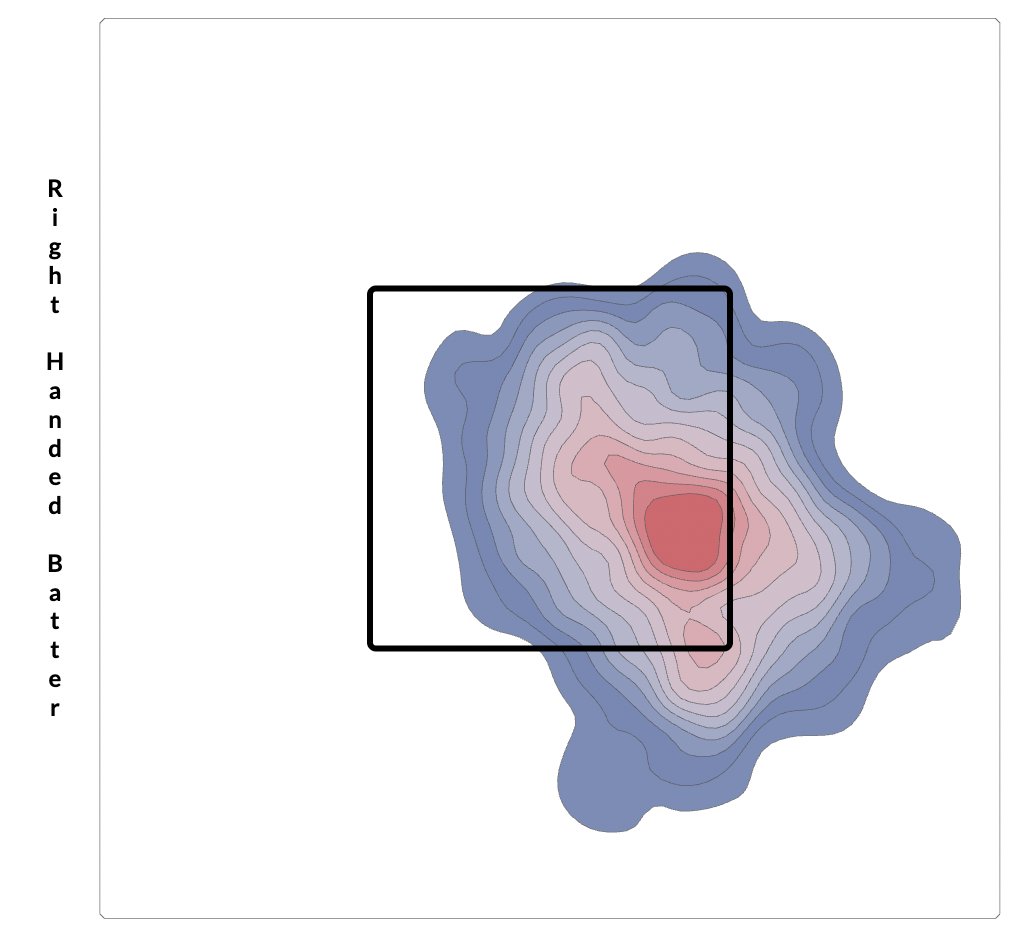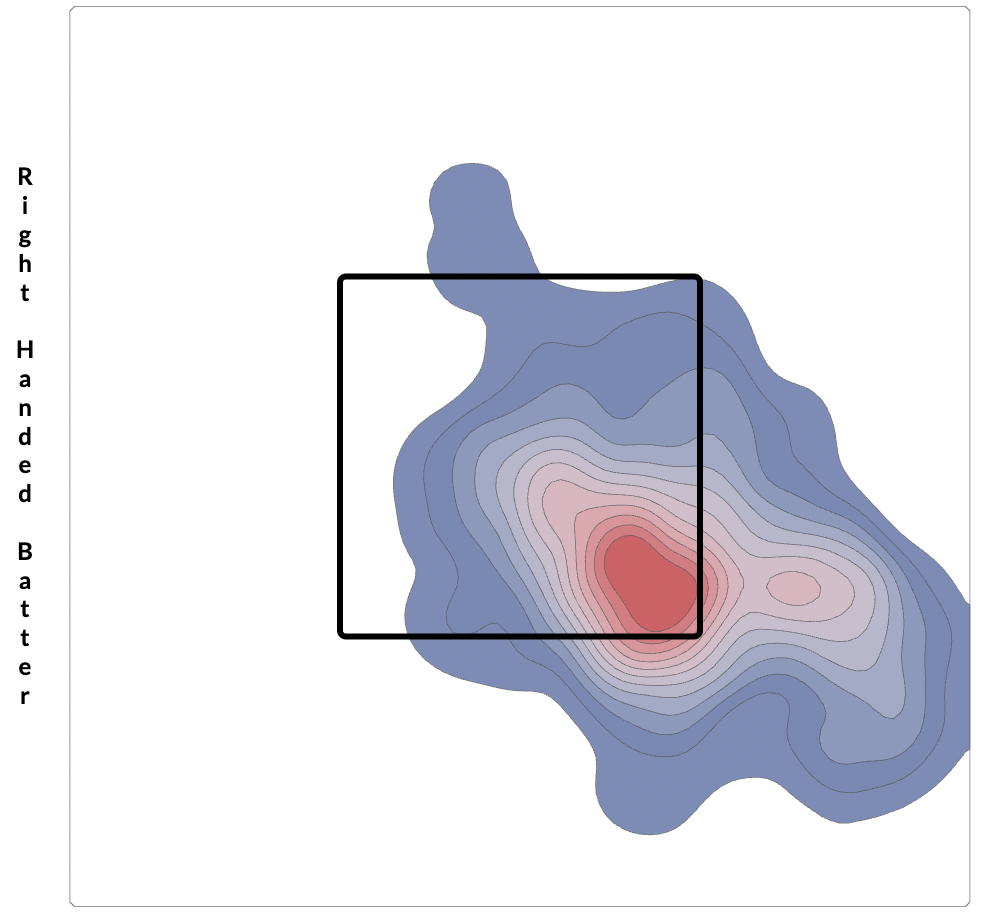Random relievers can do crazy things in small samples. Who can ever forget Nationals right-hander Justin Miller striking out 57.9% of the hitters he faced across a three-week stretch of 2018? Or Kody Funderburk’s legendary whiff explosion to close out the 2023 Twins season? Guardians reliever Hunter Gaddis is on one of these incendiary strikeout runs, and it’s driving me to madness.
Gaddis might not strike you as operating at the same level of random as Miller and Funderburk. By any set of reasonable standards, Gaddis broke out last season, appearing in nearly half of his team’s games while delivering a 1.59 ERA. But — forgive me — I didn’t really buy it. His 23.7% strikeout rate matched the league average for relievers, and his arsenal didn’t exactly justify a .205 BABIP. Given his pitch shapes and peripherals, I figured Gaddis would settle in as more of a solid middle-relief type than one of the premier backend arms in the league. And then this April happened.
He’s only pitched 13 1/3 innings across 15 appearances this season, but it’s hard to fake a 37.5% strikeout rate, even in a sample of just 56 batters faced. That’s good for 10th among all pitchers with a minimum of 10 innings pitched. Aside from Justin Lawrence, who was mercifully unshackled from high altitude, nobody has come close to showing this sort of strikeout increase.
Naturally, the follow-up question goes something like: What’s he doing differently? Surely he’s added a new pitch, or gained a bunch of velocity, or dropped his release point, right? Wrong, actually. None of these things are true. Gaddis hasn’t added a fancy new pitch. He isn’t throwing way harder. (He’s actually lost a bit of fastball velocity.) So what’s the deal? Why is he Mason Miller all of the sudden?
My first thought: It’s got something to do with his slider. He threw that pitch 45% of the time in 2024, and the reason why is pretty clear: It’s an 89.6-mph slider. The average major league slider travels 4 mph slower. Below are all the sliders thrown in 2025 grouped by pitcher. Gaddis’s falls in the bucket on the outer right edge of the histogram:
In 2025, his usage rate on his slider all the way up to 60%; only Orion Kerkering throws his slider more frequently. As pitchers around the league trend toward diversifying their pitch mix, Gaddis is zigging, throwing his favorite pitch like his career depends on it.
It’s not just the usage that’s changed. Gaddis subtly altered his mechanics over the offseason, hiking his arm angle up three degrees while extending a couple extra inches down the mound. As a result, his pitches are moving differently. His fastball gained 1.5 inches of ride, while his slider gained nearly three inches.
In general, more ride on sharp sliders is undesirable. The idea is to have as much vertical separation between the fastball and slider as possible; the more the slider moves like a fastball, the more likely it is to be hit. Stuff+ downgraded Gaddis’ slider from a 97 to a 91 this season; PitchingBot is even more pessimistic, taking it down from a 41 to a 33.
So, according to the stuff models, Gaddis made his slider worse. He’s also throwing it more than ever. Somehow, he’s nearly doubled his strikeout rate. As the kids say, the math ain’t mathing.
One possibility is that the models don’t really know what to make of Gaddis’ slider shape. At nearly seven inches of induced vertical break and five inches of glove-side action, his slider exists in sort of a slider/cutter no man’s land. (A slutter, if you will.) There aren’t really that many pitches that match the movement profile of the Gaddis slider. The closest comparison I could find is Kyle Leahy’s slider, which he throws just as hard with similar extension and movement. Leahy is off to a good start, but the whiff rates on his slider hover around league average. Same with the cutters of Ryan Johnson and Mitch Spence, two pitches that resemble Gaddis’ slider from a movement perspective.
But there’s a big difference in the targets of these respective pitches. Leahy, likely due to the velo and shape, tends to throw his slider up in the zone. It’s returned great run value, but that’s mostly due to the batted ball quality and less about the whiff rate. Johnson and Spence also elevate their cutters and see similar patterns of whiff versus contact suppression.
In 2024, Gaddis’ slider locations tended to be concentrated middle away to righties. That’s changed in 2025. Look at the heatmap of slider locations to right-handed batters in 2024:
And now in 2025:
Gaddis is repeatedly targeting low and away to righties, concentrating his sliders in the locations most primed for whiffs.
To left-handed hitters, the swing-and-miss location is identical. Gaddis wants to throw it glove side to the hitter’s back foot, hoping for swings like this one that Brooks Baldwin delivered on an 0-0 count in early April:
The location models are muted on Gaddis’ command skills. Both BotCMD and Location+ think his slider locations are within a point or two of the league average. I whipped up a basic version of the Kirby Index for sliders, measuring the standard deviation of vertical and horizontal locations for all sliders thrown to right-handed hitters and grouping by each individual pitcher. Gaddis’ location density ranks in the 70th percentile for pitches labeled as sliders, a bit better than the models, but nothing that suggests a Jacob deGrom-level command of the pitch.
He also mixes in his Bugs Bunny changeup to both righties and lefties. It moves on roughly the same trajectory as his fastball but travels about 16 mph slower than the heater; the result is some truly crazy swings. It’s hard to make Alex Bregman look this silly:
That said, his changeup command is not great, which prevents Gaddis from relying on the pitch as much as he might like.
I’ll have to come clean here and say that I’m not exactly sure what to make of Gaddis’ performance to this point. The stuff models think his stuff is anywhere from mediocre to bad. He has no prior track record of missing bats at anywhere near this level. And his locations are better than they were last year but they’re not anything special. As far as I can tell, this run seems fueled by Gaddis’ throwing an unusual pitch to pretty good locations. Often, it feels like there should be a clear smoking gun for a performance shift of this magnitude. But sometimes it’s the accumulation of a few small changes, mixed in with a sprinkle of that classic baseball randomness. I suppose I’ll have to live with that.
Content Source: blogs.fangraphs.com



